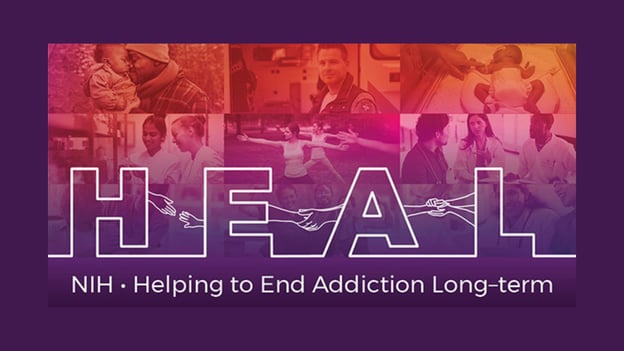When embarking on a research project for the first time or setting up a new lab, you may find it overwhelming to think about data management best practices. Use our FASEB DataWorks! Help Desk guides to simplify this process. Here are our Top 5 guides for new researchers, covering the essentials of data management.
1. Overview of 2023 NIH Data Management and Sharing Policy
This article will introduce you to the 2023 National Institutes of Health (NIH) Data Management and Sharing Policy (DMS Policy). You will learn what is covered under the new policy, what has changed, how to submit your DMS Plan, and how your submission will be judged by the NIH. After reading this guide, you can jump into our articles on each individual element required in a DMS Plan.
2. DMPTool for Building Compliant Data Management and Sharing Plans
Overwhelmed by writing your NIH DMS Plan? In this article, we cover how to use the DMPTool, an online wizard that will walk you through the plan-writing process, complete with guidance and examples for each element of the DMS Plan. You can also collaborate with your research partners and request feedback from your institution via the DMPTool.
3. Research Data Organization: File-Naming Best Practices
An important part of creating open and reproducible science is having well organized and documented data. In this guide, we walk you through best practices for creating a file-naming schema. Creating a clear file-naming protocol will help you avoid computational mistakes with your data and also help you remember what is in each file when you return to your data later.
4. Efficient Research Data Management: Structuring File Folders Effectively
Building on the file naming guide, the folder structure guide will help you create logical and well-documented folder structure schemas. In this guide, we discuss do’s and don’ts of organizing files.
5. Creating a README
A README file is a text file that is included with a dataset to provide information about the other files in the directory. READMEs are one of the most common and elemental forms of data documentation. In this guide, we walk you through creating your README, including what elements are necessary and templates to use.
In addition to these articles, we have many other guides available at the FASEB DataWorks! Help Desk.




